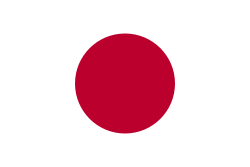Japan Begins Clinical Trials for Universal Artificial Blood That Could Save Millions
 Japan
JapanIn Japan, an increasing number of elderly women are finding themselves in prison, where some assert they feel safer and more secure than in their lives outside. The Tochigi Women’s Prison, north of Tokyo, has become a refuge for aging individuals grappling with loneliness and poverty. Many inmates, including 81-year-old Akiyo, confess that the prison offers a more stable existence, complete with regular meals and healthcare, than living alone without support.
The trend of elderly incarceration has risen sharply, with the number of prisoners aged 65 and older nearly quadrupling since 2003. Theft, often motivated by financial hardship, accounts for the majority of crimes committed by these elderly women. Anecdotal evidence suggests some women purposely commit minor thefts to return to prison.
As Japan faces a declining birthrate and an increasing elderly population, support for former inmates remains inadequate. Analysts highlight the need for comprehensive social support systems to prevent reoffending and ensure the elderly are cared for after their release. Government initiatives aiming to expand housing benefits and provide independent living guidance are in place but may not be sufficient to meet the growing need.
Prison staff describe a shift in the nature of incarceration, with duties increasingly resembling eldercare. Authorities are recognizing the urgency of addressing the challenges posed by an aging inmate population, emphasizing the importance of community support upon reentry into society.
 Japan
Japan Japan
Japan Japan
Japan